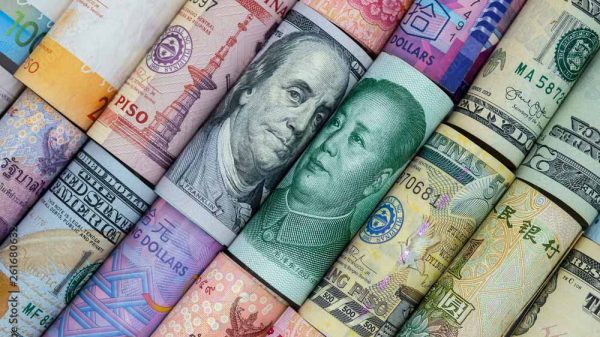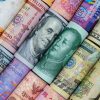China’s industrial sector is facing significant challenges, as profits dropped sharply in September, marking the steepest decline since the onset of the pandemic. According to data from the National Bureau of Statistics, industrial profits fell by 27.1% compared to the previous year, following a 17.8% decrease in August.
This downturn highlights ongoing issues within China’s economy, such as slow growth, weak demand, and a persistent property crisis. The decline is reminiscent of March 2020, when profits plummeted by 34.9%.
Economic Measures and Challenges
In response to these challenges, Chinese authorities have intensified efforts to stimulate economic growth. The nation’s parliament is set to meet soon, with expectations for new fiscal stimulus announcements from the National People’s Congress.
Goldman Sachs’ chief China economist, Hui Shan, emphasized the need for more aggressive policy interventions amid deflationary pressures and weak domestic demand.
Sectoral Stress and Economic Growth
The first nine months of the year saw a 3.5% drop in industrial profits. NBS statistician Yu Weining cited “insufficient demand and a sharp decline in producer prices” as key factors affecting profitability. The producer price index also fell by 2.8% year-on-year in September, exacerbating the economic strain.
Gary Ng, a senior economist at Natixis, pointed out that the stress is particularly acute in upstream materials and the automotive sector, indicating a greater need for demand-side policies.
Despite these setbacks, China’s economy grew by 4.6% in the third quarter, its slowest pace since early 2023. The growth rate for the first three quarters was 4.8%, slightly below the government’s target of around 5% for 2024.
Looking Ahead
As the country prepares to release its official manufacturing purchasing managers’ index for October, economists anticipate a slight improvement to 50.1, signaling potential stabilization. However, the index has been below 50 for several months, indicating contraction.











